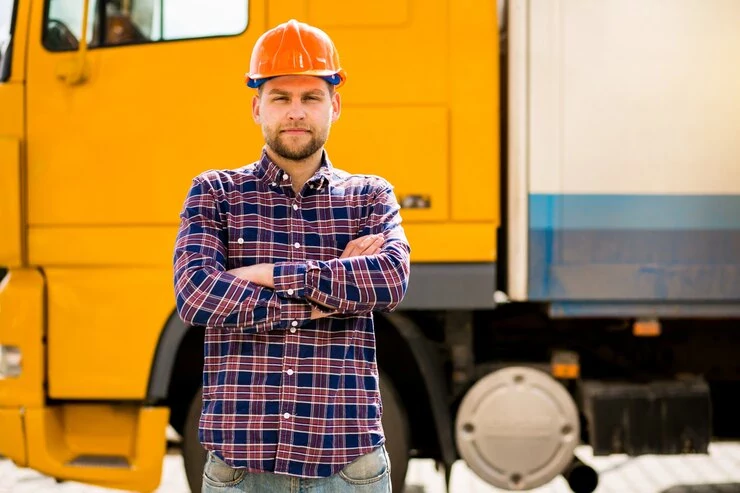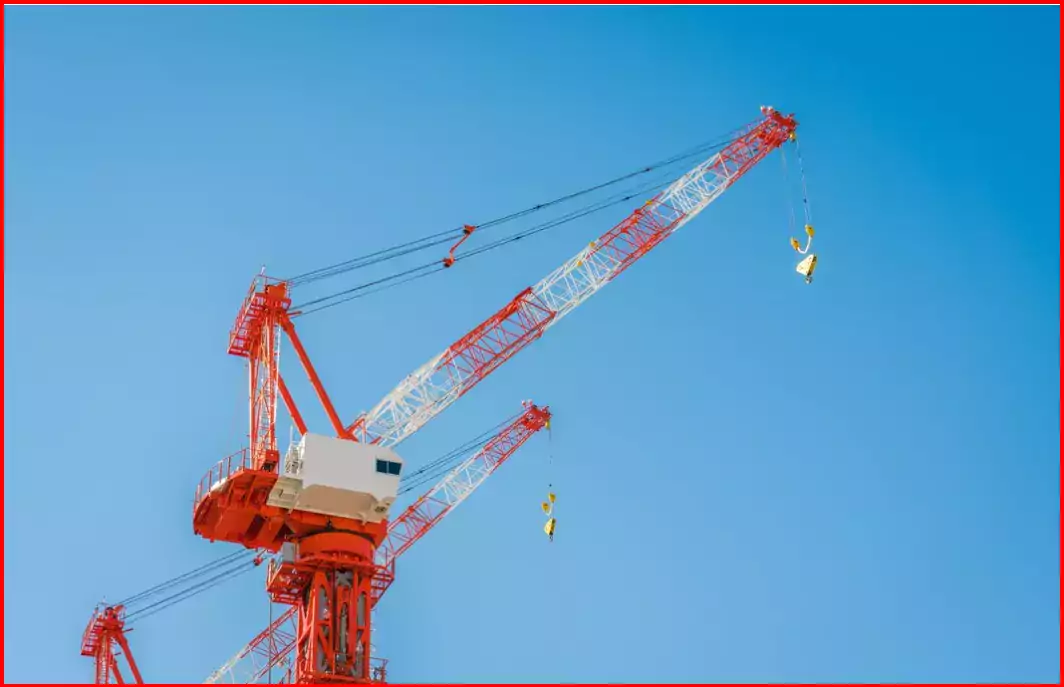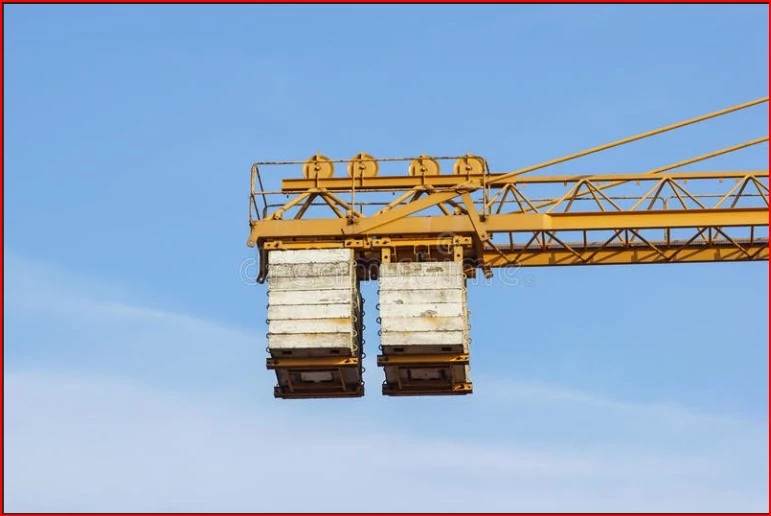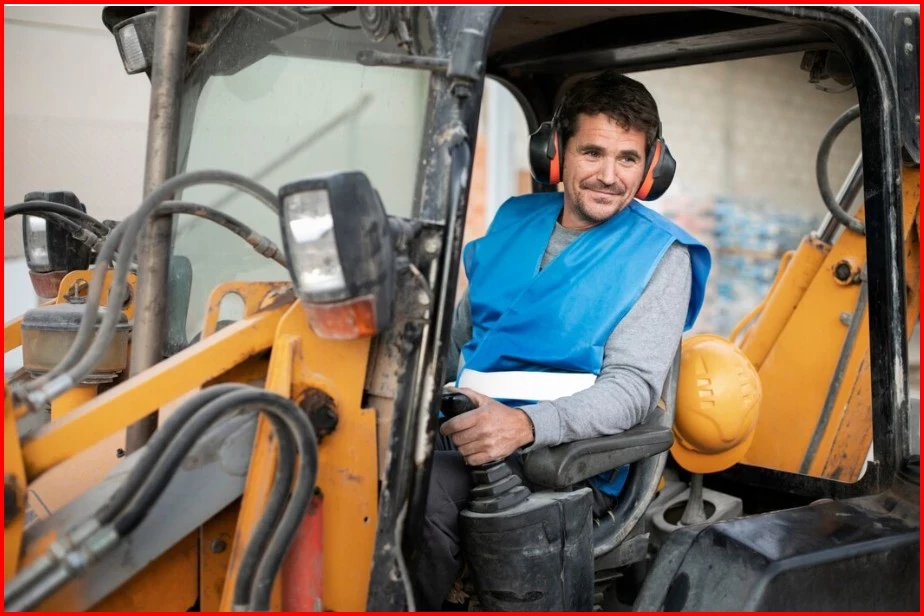
Role of Cranes in Medical Facility Construction

On a building site, using a crane may be very dangerous. In addition to the risk of major injuries or deaths, a crane mishap can cause a lot of damage to real estate and throw off the schedule and cost of the project. Accidents with cranes can also hurt the brand and image of a construction company.
Make sure that everyone on the team is prepared to do their Role of Cranes in Medical Facility Construction. This is very important. Training may assist people become more aware of the risks that come with operating a crane as well as enhance the safety of operating a crane at the place of work. Crane security specialists can help businesses teach their workers, from the person in charge of the lift up to the person operating it and even people who work nearby.
What are the Safety Needs?
B30.3 (tower cranes) and Volumes B30.5 (mobile cranes) of the Occupational Health and Safety Administration (OSHA) and the American Institute of Mechanical Engineers (ASME) have different rules for people who work with cranes. Review these requirements prior to you beginning lifting things, and make sure that the above-mentioned key jobs are clearly defined in the framework of your company throughout the lifting.
These rules also spell out the requirements for people who work with lifting equipment. People often use the words "qualified" and "competent" to talk about these qualities.
A competent person is "able to identify current and foreseeable dangers in the environment or workplace conditions that are unsanitary, hazardous, or risky to workers, and that person holds the authority to implement immediate action to eliminate them."
4 Important Roles When Crane Work
In ASME B30.5 and B30.3 there are four main jobs, and what follows is an in-depth look at some, yet not all, of their duties:
-
Lift Manager
ASME says that the lift director is the person who directly watches every job that the crane as well as its rigging team are doing. For all lifting activities, ASME B30.5 says that a lift director has to be present.
Some of their duties are:
-
Not using the crane if someone tells them about a dangerous situation.
-
Make sure that the work area is ready before the crane starts working.
-
Making sure that the right traffic rules are in place.
-
Making sure that workers know what they need to do and the risks that come with it.
-
Designating signal employees while ensuring they fit the relevant criteria.
-
Justifying the need for restrictions when allowing crane work near electrical lines.
-
Make sure safety measures are taken for special lifting jobs, like using more than one crane to lift something.
-
Improving the quality of setup by hiring skilled workers.
-
Make sure the load is adjusted and properly set up.
-
Crane Person
The "crane user" is the person or group that sets up the crane's appearance at the site as well as is in charge of it while it's there. This includes making sure that only trained operators who fit ASME B30.5 rules operate the crane while it's there. The person who uses the crane also makes sure that everyone on the lift team knows what their jobs are. Among their other duties are:
-
Achieving compliance with the latest ASME volume rules.
-
Make sure the crane is working in accordance with the rules set by the maker and the workers' compensation insurance.
-
Using only managers and workers who are trained.
-
Make sure the crane is ready to use by making sure the right paperwork from the crane proprietor has been obtained and that regular checks are carried out.
-
Making sure the crane can hold enough weight to do the job.
-
Keeping the crane owner informed of any changes made to or lengthening of ropes.
-
Owner of a Crane
The "crane owner" is the person or organization that is in charge of the crane and gives the crane user all the knowledge they need about how to use and maintain the crane. In addition, you are responsible for the following, but not only:
-
Giving the customer a crane that fits their needs and has the right capacity.
-
Providing all relevant load rating maps and sketches, as well as extra technical data when asked for by the crane consumer, including information on how to operate and maintain the crane, as well as manufacturer-provided warning stickers and signs for putting together and disassembling in the field.
-
Making plans for inspections, tests, and repairs and telling the person who will be using the crane about them.
-
Putting trained people in charge of repairs, maintenance, transportation, assembly and disassembling, and assessments.
-
Keep track of information about the rope that is currently on every drum of the crane.
-
Manager of the Site
The site supervisor as the person who is in charge of the job and the work that is being done at the moment. There are times when the site administrator and the lift head are the exact same person. Among their other duties are:
-
Make sure the operator fits the standards of the volume that applies.
-
Make sure the crane passes its testing standards before it is used for the first time.
-
The process of figuring out which rules apply to crane activities.
-
Make sure that an authorized individual is named as the lift director, that a trained person oversees the rigging, and that a qualified person does the upkeep.
-
Make sure that the use of the crane doesn't interfere with other tasks being performed on the job scene.
-
Make sure that the area where the crane will go is ready, such as making sure there are entry roads, and enough space to put together and take apart the crane, as well as ensuring the surface is level and not too close to power lines or other potential hazards.
-
Also, make sure there is traffic control.
-
It's important to deal with bad situations like poor soil, high or gusting storms, fog, heavy rain, cold, as well as artificial lighting.
-
Crane activities near electrical lines will only be allowed after certain conditions are met.
-
allowing special lifting activities, like numerous crane lifts, only when the right steps have been taken.
Conclusion
Using cranes can be dangerous, but having a well-trained lift crew can assist in lowering or even eliminating those risks. You can take vertical lift on rent. And can understand the Role of Cranes in Medical Facility Construction. To do a safe lift, many people must play different parts and carry out specific duties. Operators, technicians, signal people, crane owners, crane users, as well as lift leaders are all important parts of a crane lift. It's important that people in these jobs can talk to each other clearly and effectively.
- Tags:
- construction site safety


